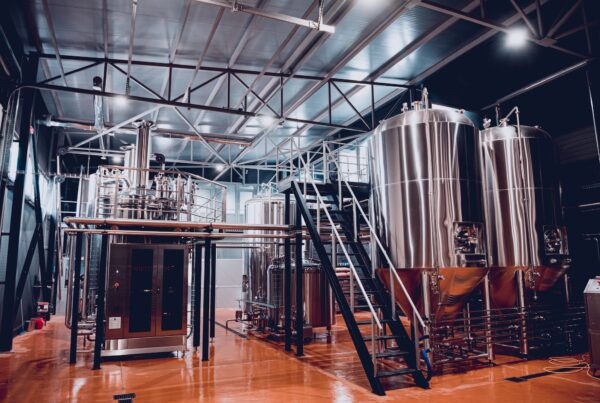Degradation of diathermic oils (heat transfer fluid) is inevitable. What is not inevitable, however, is the time it takes for the fluid to deteriorate.
In this whitepaper, you can explore the most common reasons why diathermic oils degrade, how to extend their useful life, and how to maintain maximum productivity of the entire system.
Introduction
Heat transfer systems are designed to transport thermal energy from a heat source using a thermal oil.
Each system is designed and sized according to the physical properties of a new, uncontaminated fluid. System performance depends on keeping the fluid in optimal condition.
The challenge for operators
The challenge for operators is that thermal oil, the lifeblood of the system, degrades slowly, not causing dirty surfaces to form where heat exchange takes place. In turn, this increases the energy required to maintain temperature and ultimately reduces efficiency and productivity. The inevitable result is longer downtime for maintenance, requiring unplanned expenditures.
When thermal oil degradation occurs, its initial properties change and will continue to do so as the severity of degradation increases.
The question for operators now becomes: How to keep the system as efficient and productive as when first filled, with fluid that degrades with time and use?
This whitepaper aims to answer this question. Although no expert can keep thermal oil fresh forever, heat transfer system operators can certainly prolong the maintenance of fresh fluid properties by avoiding common threats of degradation and selecting a better fluid for the application.





